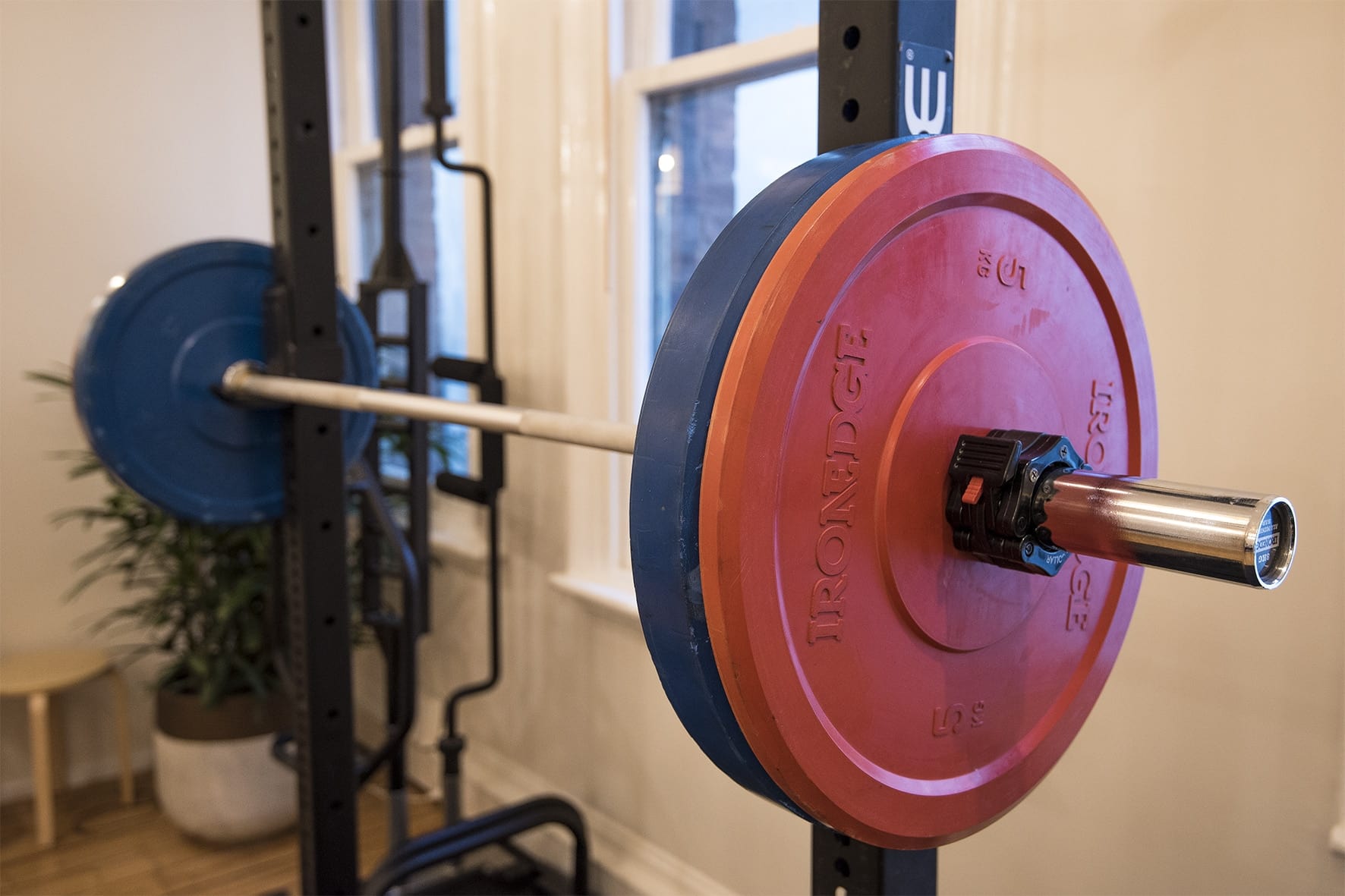I was first introduced to the box squat by Strength and Conditioning Coach Marty Girvan of Elite Sports Performance back in 2011 when I started training at his facility in Spotswood. The Box Squat is a staple exercise for anyone training at ESP and since then I have incorporated this into my clinical practice as an osteopath a great deal because it has many benefits for a wide variety of clients.
So what is the box squat?
The box squat is a squat that focuses largely on horizontal movement of the hips whilst aiming to have a vertical shin position so that the effort of the movement is largely biased towards to the hips (think gluteal and hamstrings) compared to the more traditional squat that is more vertical in movement and incorporates a more equal degree of hip and knee bend.
When might I prescribe a box squat?
Lets think about the box squat pattern firstly and how this relates to sitting down onto a chair. Many clients have poor control with sit to stand and I will often look to prescribe a box squat horizontal hip patterned movement for those who I would like to improve control and strength in this movement. This relates to all people, but especially those older clients where strength naturally declines with age and we see a reduced performance in ones ability to sit and stand.
The individual with limited ankle mobility or irritable anterior knees. The box squat demands much less dorsiflexion of the ankle and flexion of the knee and naturally this reduces the load and effort through these joints. So I will often prescribe this movement for those individuals who need to develop proximal hip strength and stability and have found the more vertical squat pattern to be an irritant.
The individual who needs to benefits from external environmental feedback with regards to depth and also can only control and manage a specific range i.e. reduced depth from a performance and irritability point of view. It is very easy to change the height of the box and allow the individual to work at ranges that are safe for the client.
When am I careful with using the box squat?
Clients who naturally dont prefer a wider hip stance due to there being a mobility issues or this causing pain. I will work the client in a range that is safe and gradually adjust foot stance and width accordingly. Some people may look to incorporate a natural stance with the box squat which presents a challenge for getting the hips back and controlling the spine.
Some simple technique corrective strategies
Excess knee movement and lack of torque through the lower limb (knee moves in the frontal plane) is common. I may use a band around the knees to help facilitate improved positioning and tension.
Excessive trunk lean is also common and I may use an anterior load hold near overhead to engage the trunk and challenge a more upright trunk position.
I may use assisted hands on to help guide the individual back onto the box to facilitate a more horizontal movement of the hips.
I may use a bench in front of shins or stick to encourage the individual to maintain a more vertical shin position.
Does that mean that I dont prescribe other squat variations?
The simple answer is no. I will look to incorporate a whole range of squat movements and their derivatives depending on the client, what they need, what their goals are etc. In the perfect world, I will look to incorporate both patterns and look to build capacity in both for the client assuming that they can perform the movement safely and that the reward far out weighs the risk.
My Bodyweight Squat To Bar Progression
- High Box Squat – Work on the technique – reduced rom, technique focus
- Lower Box Squat – Reduce height as one perfects the technique – technique focus + build bodyweight control
- Anterior hold (bilateral grip) box squat – load + anterior chain recruitment
- Anterior hold (rack position – dual load hold) box squat – load + anterior chain recruitment + shoulder ROM requirement
- Posterior hold (barbell) box squat- load + spinal load/compression + shoulder ROM requirement
Take A Quick Look At The Bodyweight Box Squat To Bar Progression Video
This blog post was written by osteopath Heath Williams of Principle Four Osteopathy. Heath has an interest in exercise prescription and strength and conditioning and works with clients who are dealing with musculoskeletal complaints associated with training or strength training. Contact us at Principle Four Osteopathy on 0396709290 or www.principlefourosteopathy.com.

